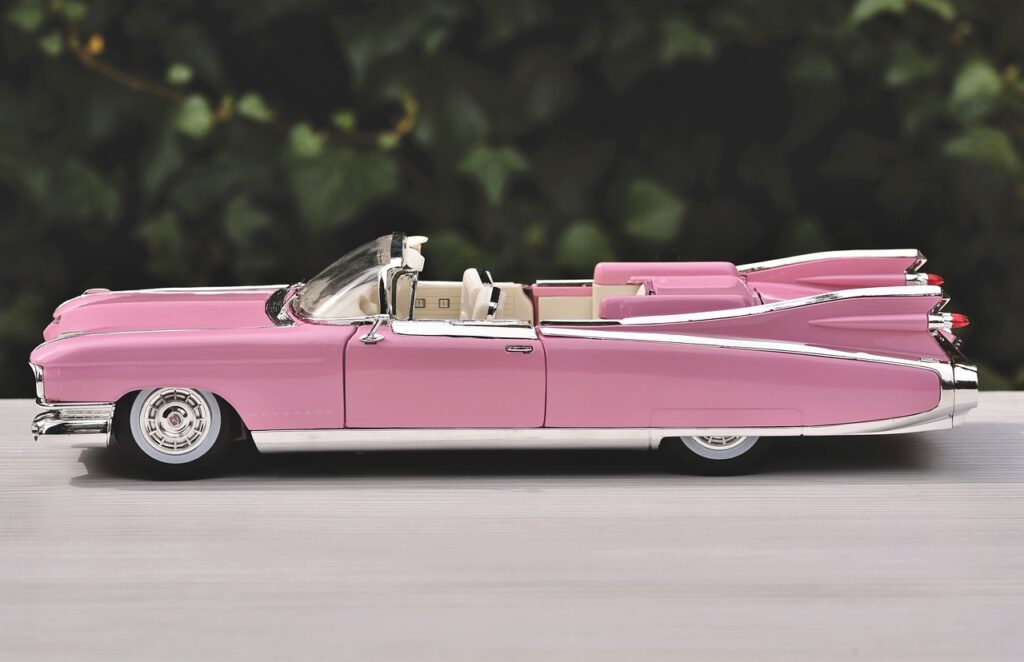
Selling classical collectibles can be a profitable ordeal for those who have been around the business for some time and want to sell off some of their collectibles or even have possibly inherited some family treasures. The collectibles market encompasses rare coins and antique furniture, vintage toys, and many other items. However, selling these treasures profitably requires careful planning alongside an understanding of the market. With the right strategies, you will make the most money and still sell the items to a new home where they will appreciate them. Below are five critical strategies on how to sell classic collectibles.
Appraise the Items
It all starts with selling your collectible items and realizing their real value. It’s all about research. Begin with some research on identical or similar items that have recently sold in order to get an idea of market values. Worth is hinged on condition, rarity, and demand. When in doubt about value, consult with an appraiser specializing in your kind of items. A good appraisal can help you set realistic prices—you won’t want to shortchange your treasures. Knowing the worth of the items also puts you in a position to negotiate with other buyers so that you might get the best price.
Choose the Right Platform for Selling
Any platform can be your selling platform. What matters is your choice between several alternatives. Each alternative gives you a different type of buyer. eBay and Etsy are the best sources of a huge number of collectibles to sell. It provides a platform for a worldwide market. For the more valuable pieces, there are always various auction houses. Physical presence, allowed in some local flea markets and antique shops, quite often gives the would-be buyers a personal touch. Take into consideration the nature of your collectibles and choose a platform that is in alignment with your goal of selling.
Presentation Matters
Since you are to sell something—most likely collectibles—how you present it to your prospective customers is very important. It is imperatively advised that you must take clear photos. Could you make sure they are clean and well-lit? Descriptions should be clear and detail-oriented, including all relevant aspects, for example, the history, condition, and any flaws of the item. Describe a brief backstory or an anecdote of the collectible while listing it online; this will help buyers connect to it emotionally. A neatly done listing will not only get more attention but also charge the price that you ask more justified.
Target the Right Audience
Before selling collectibles, understanding your target audience is perhaps the most crucial part. Different items appeal to different groups of buyers. For example, if you are looking to sell toys for cash, your buyers could be adults who have nostalgic memories, collectors, or parents wanting to buy unique gifts for their children. Customize your marketing efforts to focus on these groups. Use social media platforms, relevant online forums, or niche websites to interact with potential buyers who are genuinely interested in your items. Having the right audience increases the potential for a successful sale, as well as the potential for success with a higher price.
Wait and Be Flexible
The sale of collectibles is often a waiting game. Although an item might be snapped up immediately, in general, the sales made by collectors waiting for the right buyer are more lucrative. There is no need to rush, and it is always advisable to wait for the best offer. Sellers should also be flexible. Just try to be open-minded to negotiate; say, you are dealing with selling your items at a high value. The buyer will obviously give an offer that will be low compared to your asking price. Just because a buyer offers less than you are asking doesn’t mean you should turn them down right away. Rather, consider the offer and make a response with a reasonable counteroffer. Being patient with yourself and remaining flexible will get more of the items sold, at least for a price you can live with.
Conclusion
Selling collectibles is for sure a thrilling and most often lucrative business, but having the correct approach is the key to doing so. Understanding the value of your items, where to sell them, and making them attractive will spell out the success of the whole affair. Moreover, targeting an audience of high sensitivity, patience, and flexibility can only work in favor of you as you hit the marketplace. From selling old toys to raising cash to letting go of rare antique items around the house finally, these methods will ensure that you not only get a good profit for your collectibles but that they go to new owners who will cherish them as much as you have.


